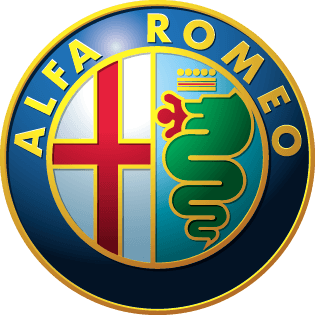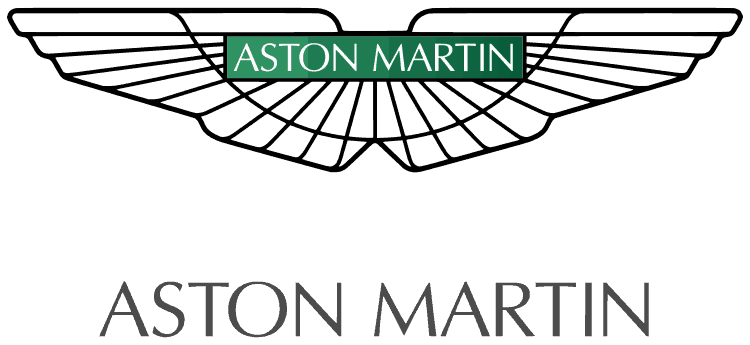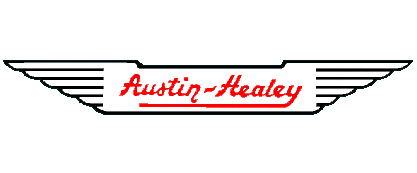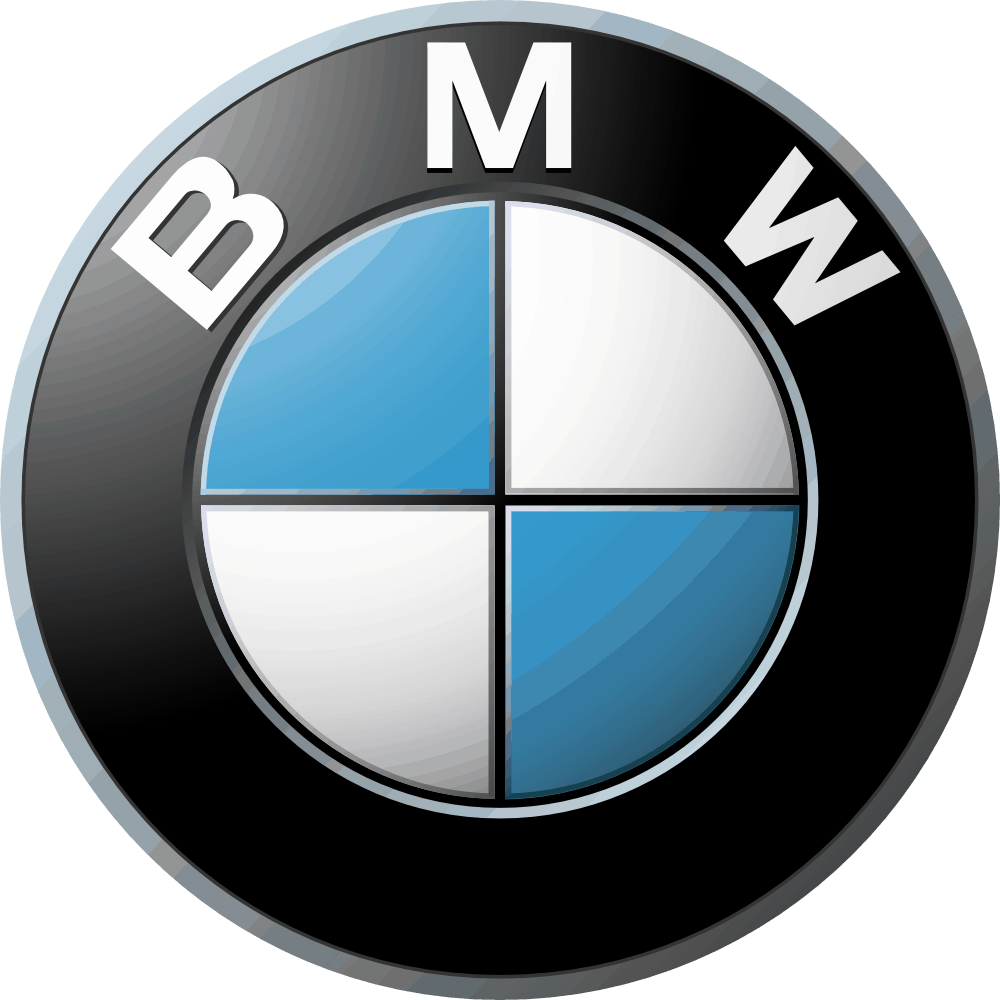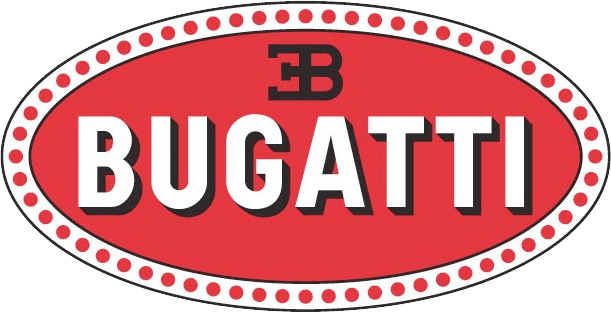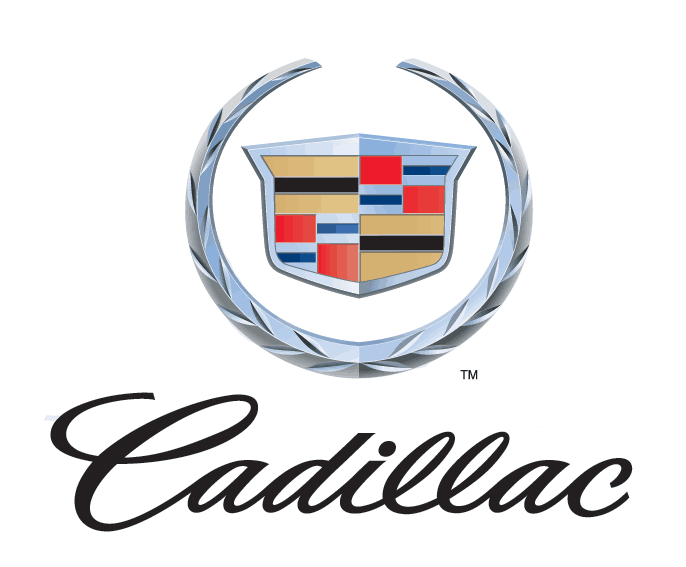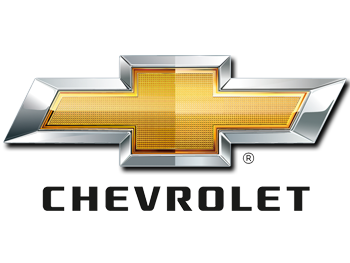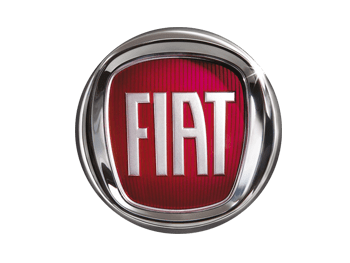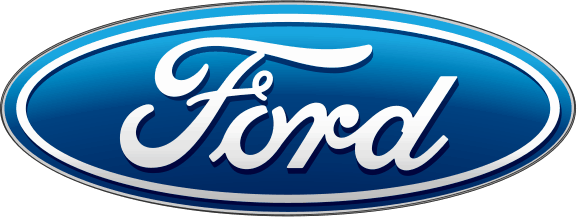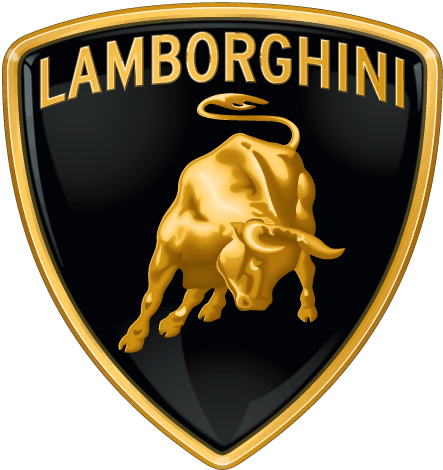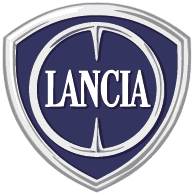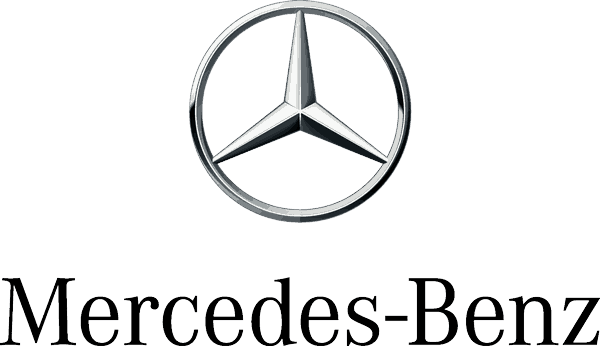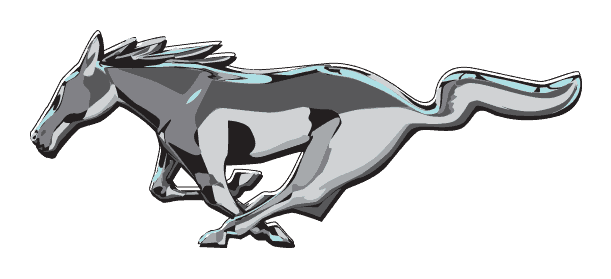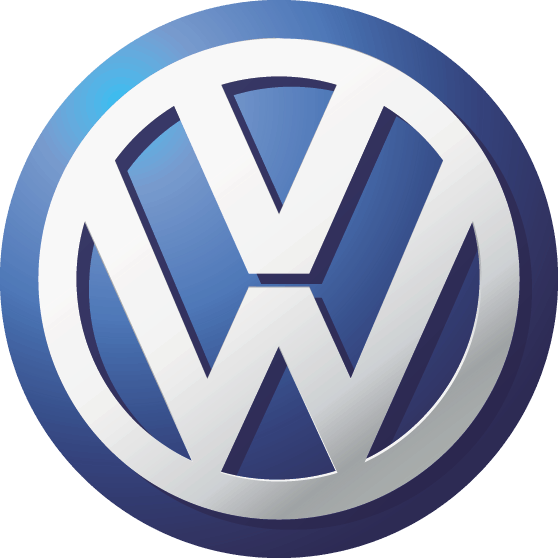Rolls-Royce Limited was founded in 1904 by Charles Rolls and Henry Royce. The first car created by the duo was labeled the “Rolls-Royce 10 HP”. In 1906, the Rolls-Royce Silver Ghost was built and hailed as the best car in the world.
Similar to other auto manufacturers such as Volkswagen and BMW, Rolls-Royce helped design aero engines to aid war efforts.
Built for speed and luxury, Rolls-Royce brought an element of excitement to auto manufacturing that hadn’t been seen before.
Multiple hit cars by Rolls-Royce were produced during the 50s, 60s, and 70s that included:
- Phantom V
- Corniche
- Carmargue
- Silver Shadow II
The 1990s marked a new era for Rolls-Royce as BMW acquired the company. With a new manufacturing facility in Goodwood, England Rolls-Royce would build vehicles by hand here.
Modern-day examples of popular Rolls-Royce models include the Phantom, Ghost, Wraith, and Dawn.
Interesting Rolls-Royce Facts
- Rolls-Royce has moved most of its manufacturing to Indianapolis, Indiana, from London.
- The company did not start selling full-bodied cars until 1946.
- Rolls-Royce center caps do not rotate so they can be seen.
- The spirit of ecstasy hood centerpiece on Rolls-Royce vehicles has safety protection features so it won’t get flicked
- The coach lines on Rolls-Royce vehicles are hand-painted by Mark Court
- Hong Kong has more Rolls-Royce vehicles on the street than any other world location
Rolls-Royce Conclusion
Now a part of the BMW Group, Rolls-Royce was a luxury car manufacturer and later on became an aero-engine manufacturing business. War prompted the company to begin manufacturing engines while financial instability had the company frequently changing hands around the 1970s and 1980s.
While Rolls-Royce has had an occasionally bumpy financial history, the brand name still stands strong today. Back in 1987, a survey reflected that only Coca-Cola was a better-known name brand over Rolls-Royce.

